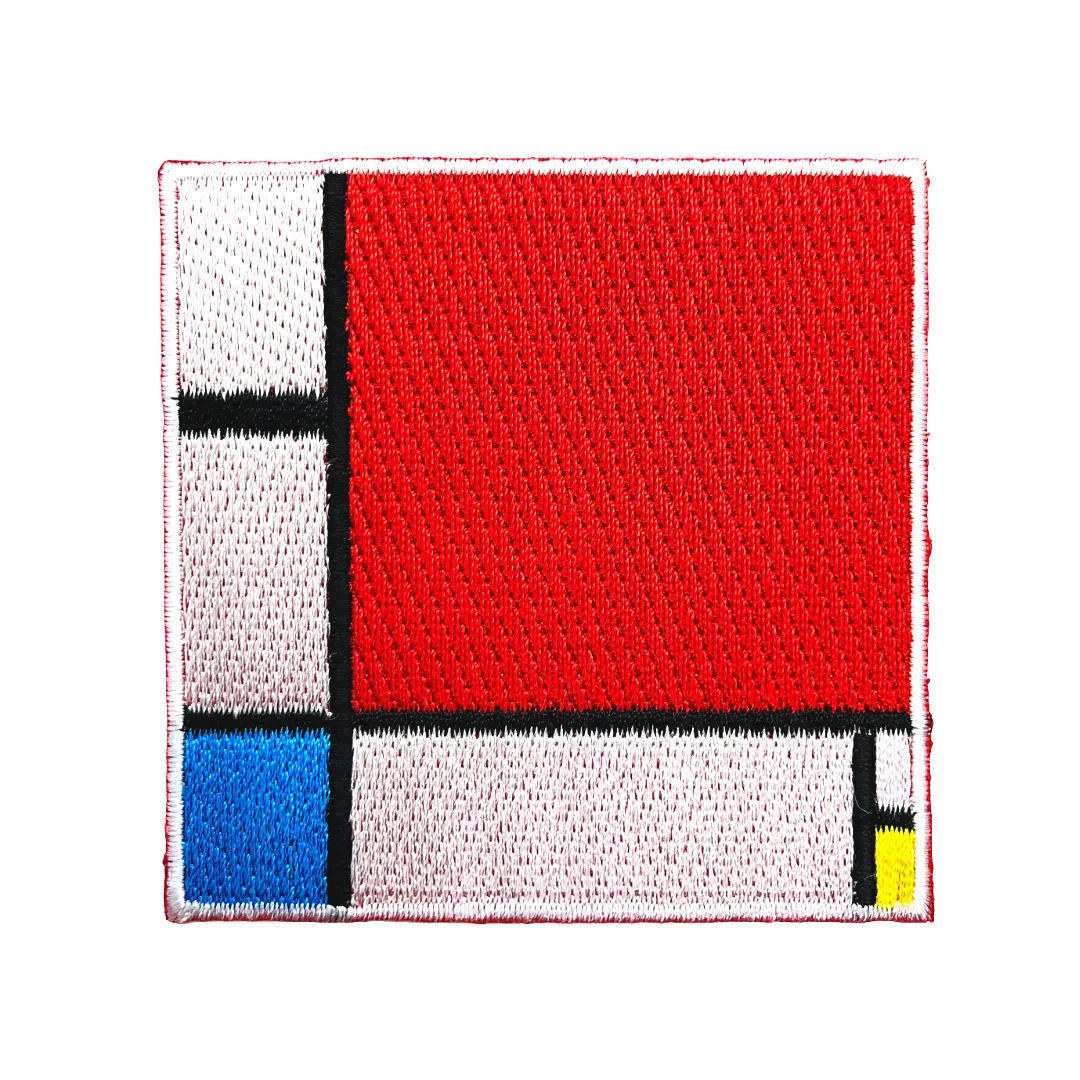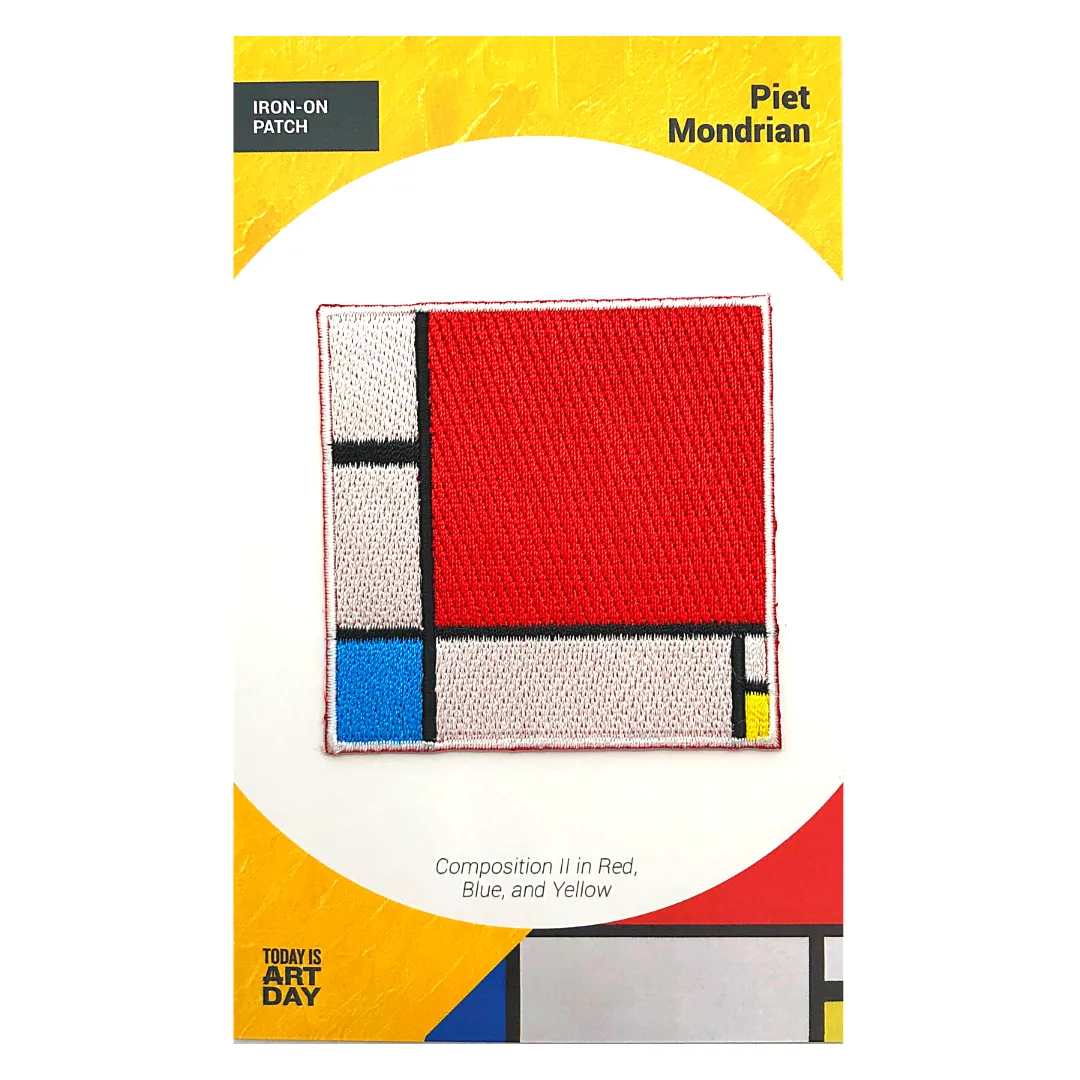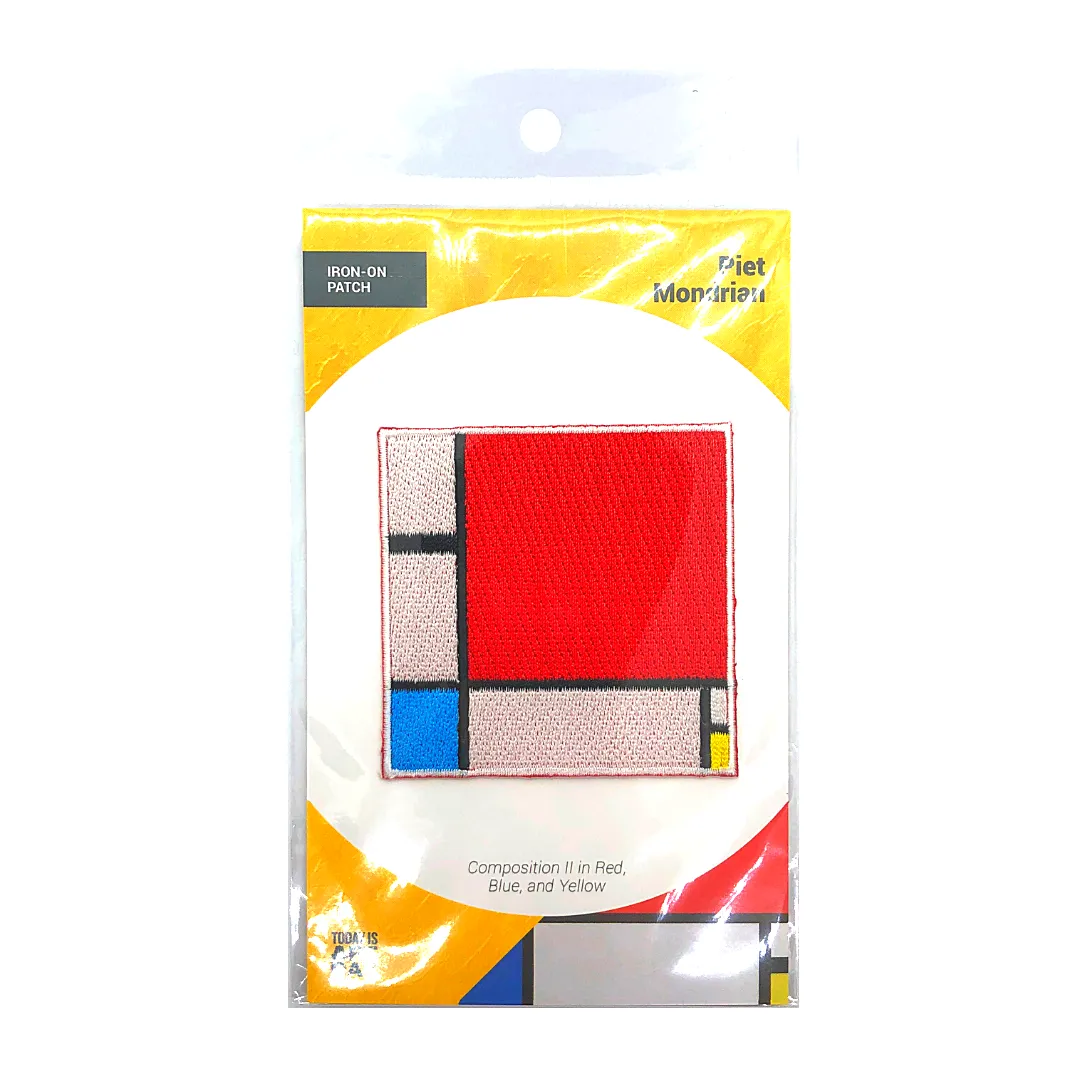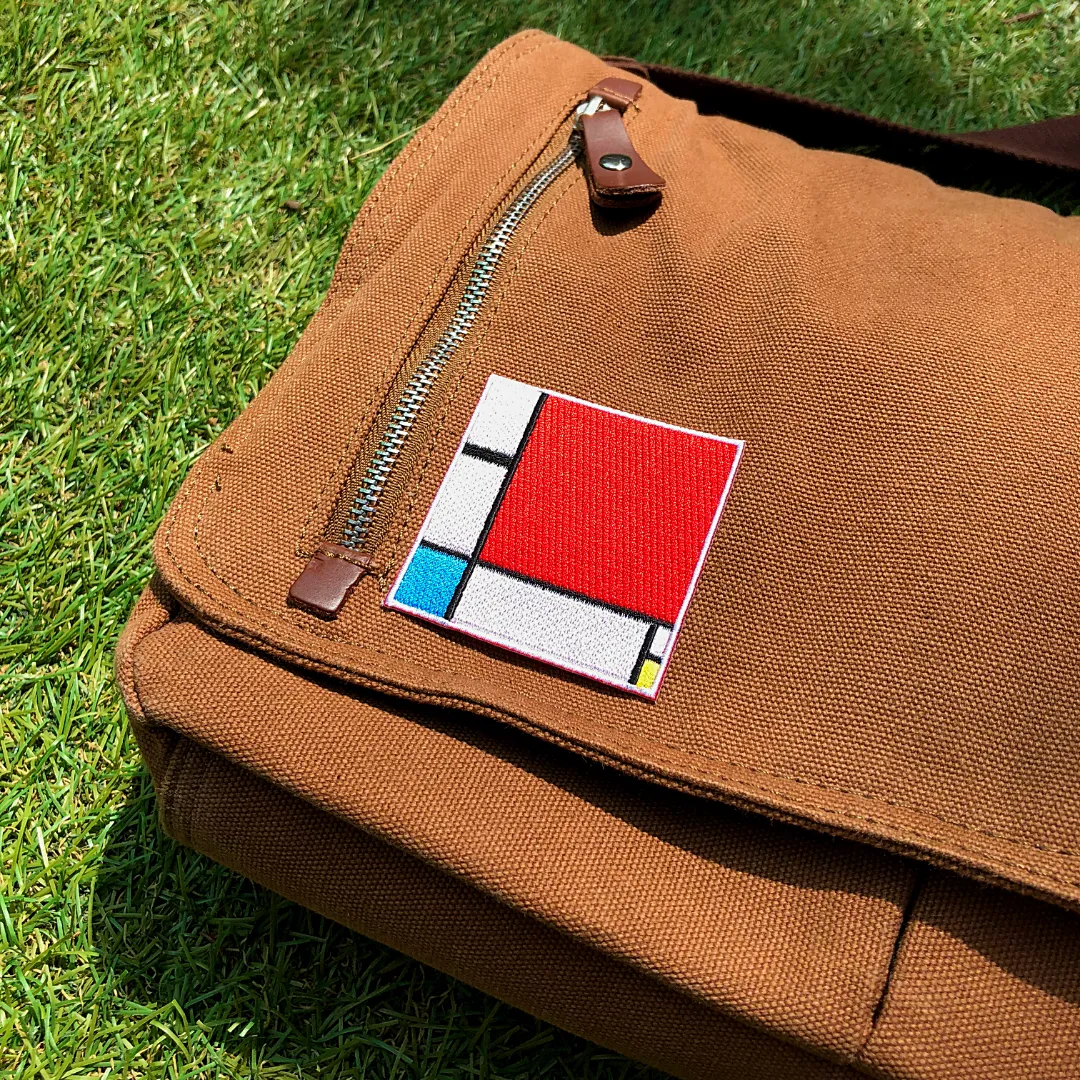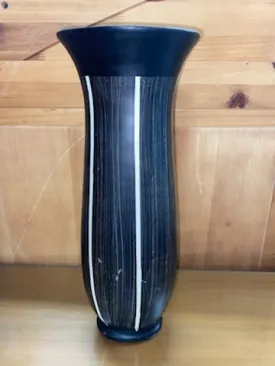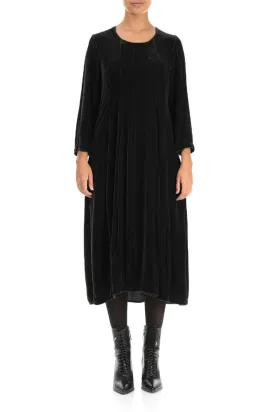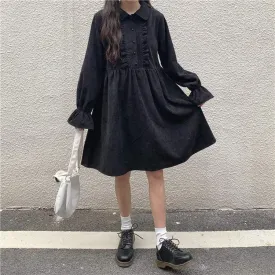Composition II in Red, Blue, and Yellow by Piet Mondrian
Embroidered patch design
Iron-on backing
Custom, heat-cut shape
Measurements: 2.5" x 2.5"
Piet Mondrian, Composition with Red, Blue, and Yellow, 1930
©2020 Mondrian/Holtzman Trust
About Composition with Red, Blue and Yellow
This well-known work of art by Dutch painter Piet Mondrian is a product of the Dutch De Stijl movement.
Mondrian decides to limit his formal vocabulary to the three primary colors (red, blue and yellow), the three primary values (black, white and gray) and the two primary directions (horizontal and vertical).
It is arguable that all elements found within Composition are contrasting and thus indicative of the inner harmony of life that lies beneath the surface.
About Piet Mondrian
Piet Mondrian (born March 7, 1872, Amersfoort, Netherlands—died February 1, 1944, New York, U.S.A.) was a painter who was an important leader in the development of modern abstract art and a major exponent of the Dutch abstract art movement known as De Stijl (“The Style”).
In his mature paintings, Mondrian used the simplest combinations of straight lines, right angles, primary colors, and black, white, and gray. The resulting works possess an extreme formal purity that embodies the artist’s spiritual belief in a harmonious cosmos.




